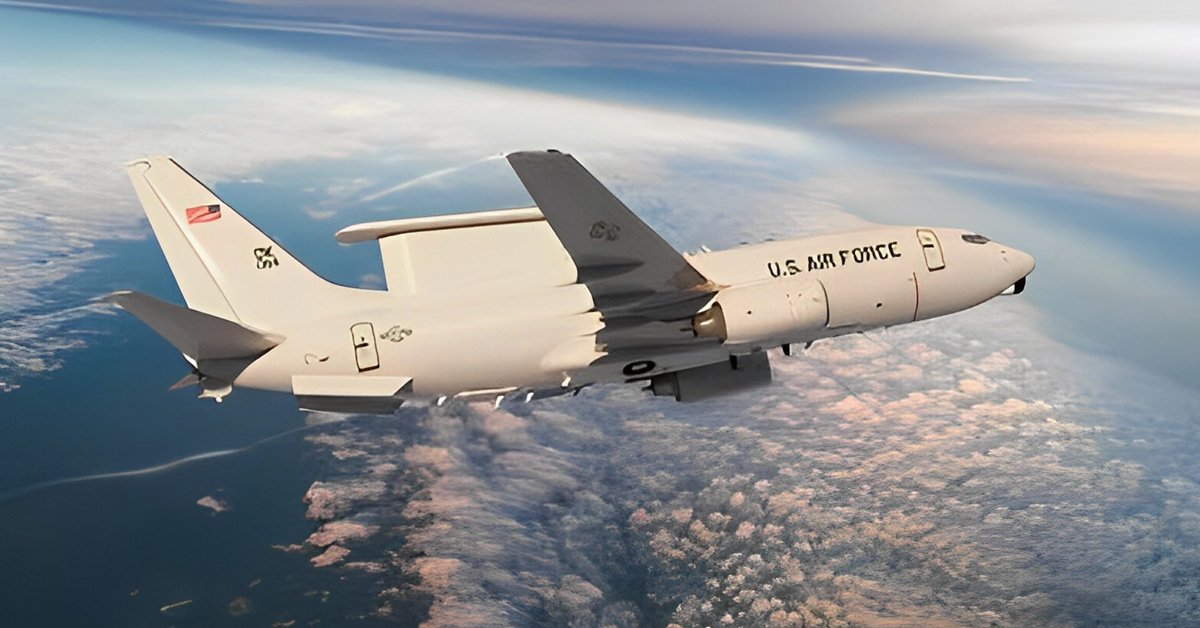Boeing (NYSE: BA) has secured a potential $1.2 billion contract to develop two variants of the E-7 airborne early warning and control aircraft for the U.S. Air Force.
E-7 comes with an Agile software design and open systems architecture to facilitate the integration of new capabilities and serves as an integrated command-and-control node to provide warfighters with multidomain awareness in complex operational environments, Boeing said Tuesday.
Based on the Next-Generation 737, the aircraft uses a multirole electronically scanned array sensor designed to help detect multiple maritime and airborne threats at long ranges.
Work on the E-7A Rapid Prototype program under the sole-source undefinitized contract action will occur in Seattle through August 2024, according to the Department of Defense.
The Air Force Life Cycle Management Center at Hanscom Air Force Base in Massachusetts is obligating $134 million in research and development funds for fiscal years 2022 and 2023.
“It is the only advanced aircraft that is capable of meeting the U.S. Air Force’s near-term Airborne Early Warning & Control requirement while enabling integration across the joint force,” said Stu Voboril, E-7 program vice president and general manager at Boeing.
Air forces from Australia, Turkey, South Korea and the U.K. also operate the E-7 aircraft.



